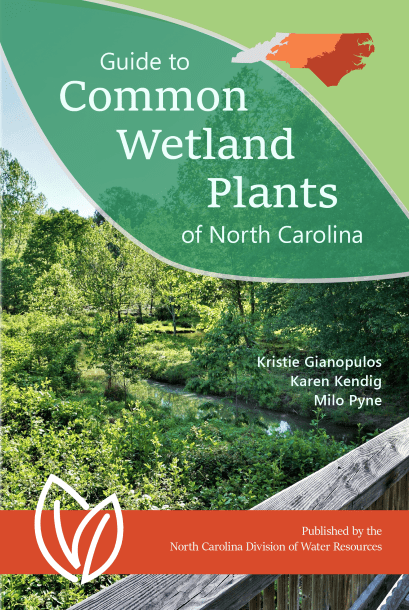Plant Guides
New! Explore the Online Wetland Plant Guide
Click here to explore our new online guide to common wetland plants of North Carolina!
The online guide includes information for 24 additional species not in the print version, and a greatly expanded version of the “Common Confusions” species comparisons page.
Plant Guide in Print and PDF
Print and downloadable PDF versions of the Guide to Common Wetland Plants of North Carolina are available here.



